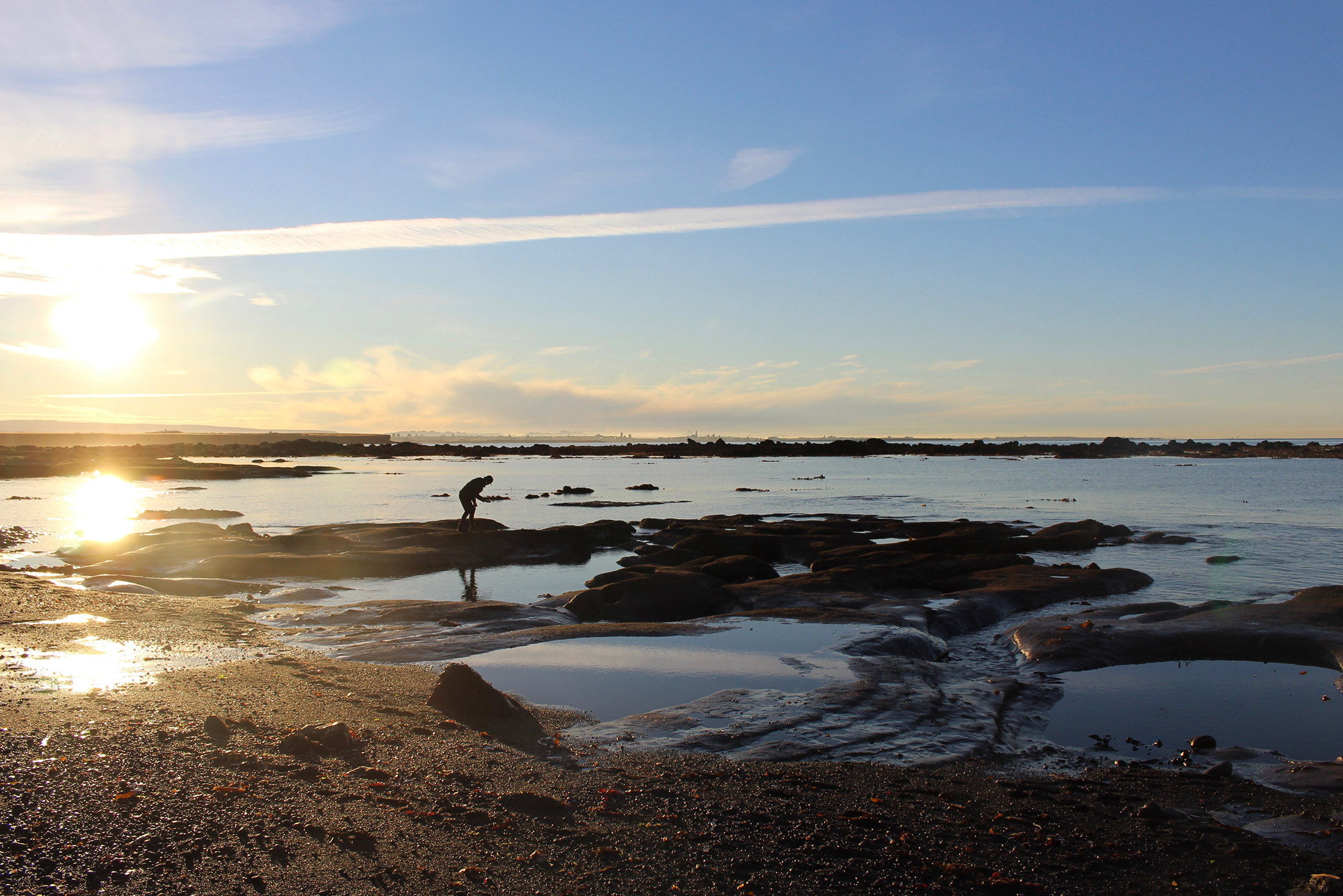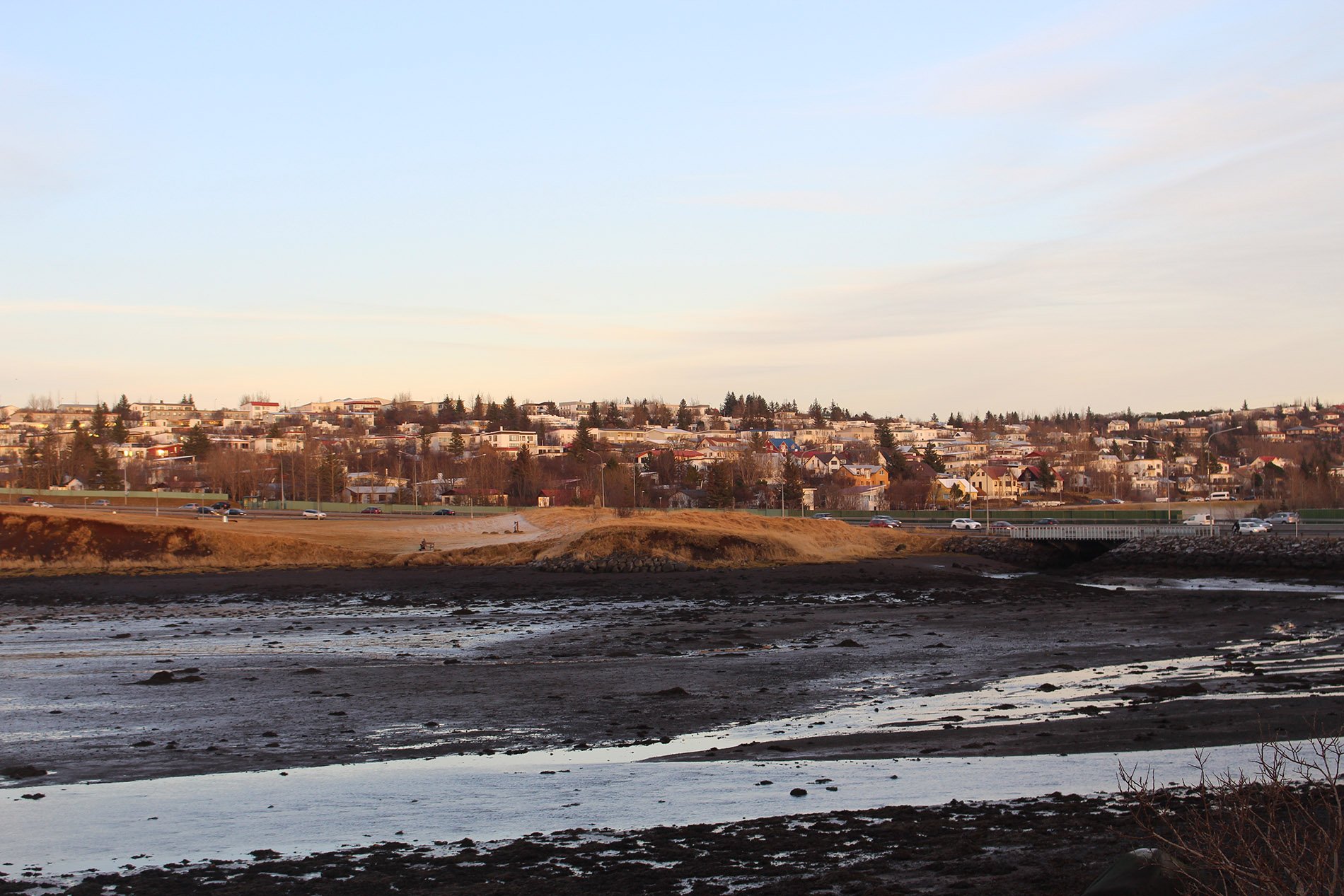Incidents (of Travel)
episode no. 9 - Reykjavík
![]()
Incidents (of Travel) explores the chartered day-long travel itinerary as a format of artistic encounter and an extended conversation between curator/s and artist/s.
episode no. 9 - Reykjavík

Incidents (of Travel) explores the chartered day-long travel itinerary as a format of artistic encounter and an extended conversation between curator/s and artist/s.

Introduction
Becky Forsythe
As I write there is just one month until the midwinter solstice falls upon Iceland, marking the shortest day of the calendar year and the day of least light. In Reykjavík, one of the most northerly capital cities in the world on an island known for its proximity on the 66th parallel north, this time exposes a new way of seeing. Dark mornings and early, colorful sunsets dictate the atmosphere and pace of things from late November until early spring when the days lengthen again. A full moon awaits us on Friday to come, and the sea follows the lunar day as marked in the almanac with a swaying and bulging tidal range.
This sets the stage for Þorgerður Ólafsdóttir’s practice as an artist. Its backdrop is Iceland itself—its geology, weather systems, symbols, and literature, as well as changes that have taken place in the landscape and key moments in the island’s past that spin threads between natural and human history. The work of Þorgerður considers all of the above in the context of different measures of time and site—the here, there, then, when, and the spaces in between.
The air is crisp and it is bright outside, even though the ever-present darkness of winter cycles close. With the moon in Gemini we are nearing a sign of two-ness, and this duality aligns with Þorgerður’s current interest in Icelandic spar, a form of transparent calcite crystal known for its optical properties of double refraction. Duality also relates to our thoughts and discussions as we visit sites where we experience nature in the real, as well as those where it is safeguarded in protected areas, or presented in a museum. We race with daylight between sites, collecting moments and considering the ways in which geologic time surfaces in the context of human duration. The timing of our first stop is especially key today, as we aim to meet at low tide, shortly after 11:10 am, by the remains of a tree long lost to the ocean.
→ http://incidents.kadist.org
![]()
![]()
Becky Forsythe
As I write there is just one month until the midwinter solstice falls upon Iceland, marking the shortest day of the calendar year and the day of least light. In Reykjavík, one of the most northerly capital cities in the world on an island known for its proximity on the 66th parallel north, this time exposes a new way of seeing. Dark mornings and early, colorful sunsets dictate the atmosphere and pace of things from late November until early spring when the days lengthen again. A full moon awaits us on Friday to come, and the sea follows the lunar day as marked in the almanac with a swaying and bulging tidal range.
This sets the stage for Þorgerður Ólafsdóttir’s practice as an artist. Its backdrop is Iceland itself—its geology, weather systems, symbols, and literature, as well as changes that have taken place in the landscape and key moments in the island’s past that spin threads between natural and human history. The work of Þorgerður considers all of the above in the context of different measures of time and site—the here, there, then, when, and the spaces in between.
The air is crisp and it is bright outside, even though the ever-present darkness of winter cycles close. With the moon in Gemini we are nearing a sign of two-ness, and this duality aligns with Þorgerður’s current interest in Icelandic spar, a form of transparent calcite crystal known for its optical properties of double refraction. Duality also relates to our thoughts and discussions as we visit sites where we experience nature in the real, as well as those where it is safeguarded in protected areas, or presented in a museum. We race with daylight between sites, collecting moments and considering the ways in which geologic time surfaces in the context of human duration. The timing of our first stop is especially key today, as we aim to meet at low tide, shortly after 11:10 am, by the remains of a tree long lost to the ocean.
→ http://incidents.kadist.org


